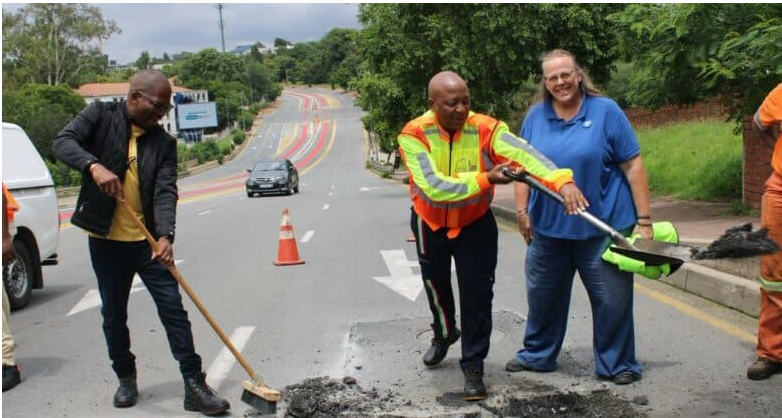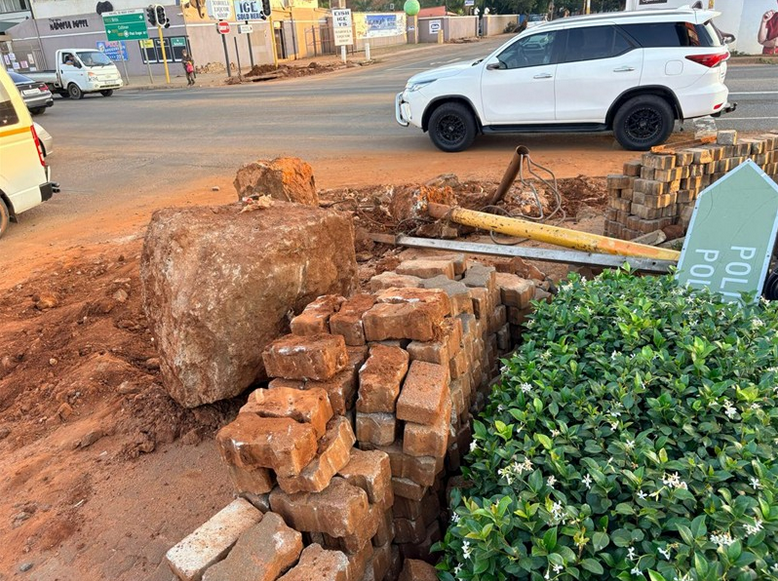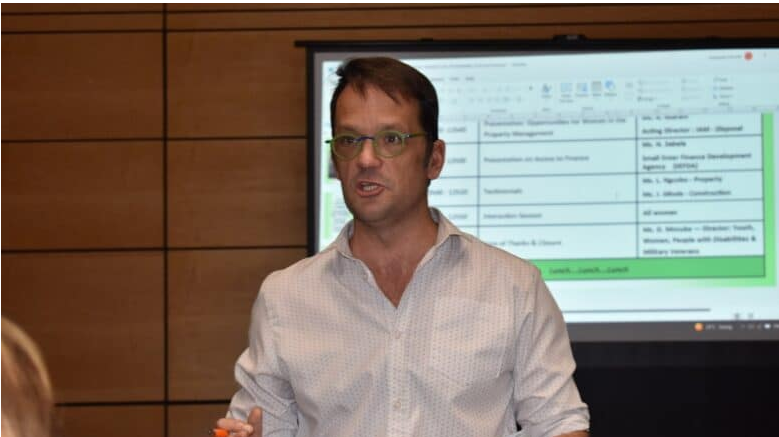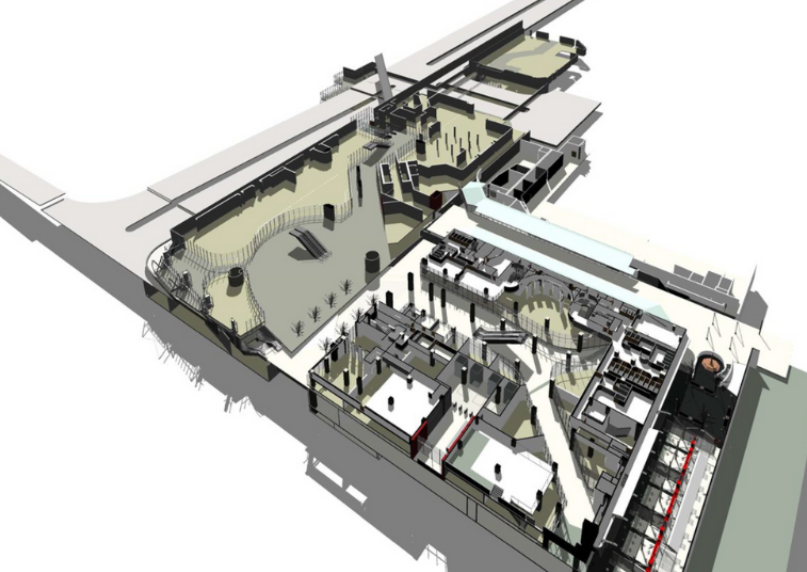Cabinet inaction delays merger of three state energy subsidiaries

Advertising
05-03-2021
Read : 287 times
Moneyweb
Source
Cabinet inaction is delaying efforts to merge three Central Energy Fund subsidiaries, Parliament’s portfolio committee on mineral resources and energy heard this week.
The plan is to merge PetroSA, SFF and iGas into a new company, thus establishing a national energy champion for South Africa, and such mandate was given by cabinet on June 10 last year. Provisionally, the company is to be called the National Petroleum Company of South Africa (SANPC).
According to submissions before the committee by Central Energy Fund (CEF) officials, “given solvency and liquidity challenges at PetroSA as the biggest subsidiary, and to avoid the potential collapse of the CEF Group, immediate action is critical to ensure survival of the CEF Group.” The CEF board was thus mandated to manage the process and ensure the establishment of the SANPC.
Officials claimed that over the past five months, significant progress has been made to establish the SANPC, including conducting detailed due diligence on assets, contracts, liabilities, rights, licences and governing legislation, and drafting SANPC legal agreements. Market potential of R95 billion was identified.
The CEF officials identified the delay in merger archetype approval by Cabinet as a significant risk to operationalising the SA NPC by April 1 this year.
Indeed, Cabinet approval of the preferred merger archetype has been delayed – the final Cabinet memorandum was only signed on February 22.
According to the CEF input, the delayed approval will prevent execution of operationalisation activities, including the application to the Department of Mineral Resources and Energy, as well as to Treasury, for incorporation as a state-owned enterprise under the Public Finances Management Act (PFMA), the registration of the company, the appointment of a transitionary board and executive committee, the signing of legal agreements, and the engagement of third parties including financiers, regulators etc.
In the coming weeks the project team will focus on five immediate next steps, namely, to obtain the required governance approvals for incorporation and registration, to finalise and approve the SANPC corporate plan, to operationalise the transitionary board and executive committee, to operationalise the transitionary business functions and to enter legal agreements.
The CEF Group forensic report was also presented to the portfolio committee.
First up, serious allegations of mismanagement were brought to the attention of the PetroSA board in relation to human resources management procurement contracts, feed stock processes and shutdown processes.
The forensic investigation focused on:
The process of voluntary severance packages;
Procurement and contracts with the focus on evergreen contracts, compliance to the PFMA and other applicable legislation, broad-based black economic empowerment, and foreign transactions;
Feedstock procurement processes to verify the accuracy of the pricing methodologies and other key requirements for the competitiveness of the sourcing process; and
Reasons for the extended refinery shutdown.
The report is at final stages and its due this month. Consequence management will depend on the outcome of the report. If required, law enforcement agencies will be engaged.
Updates on forensic reports regarding the CEF Group as such, the solar water heater project, the sale of strategic oil stock (ownership of the strategic stock has now reverted back to the SFF after a court finding), South African involvement in illegal diesel sales in Zimbabwe and unauthorised travel.
Regarding energy reserves off the Western Cape coast, the portfolio committee heard that the F-O field is located 40km to the south east of the F-A platform in a water depth of 210m.
The F-A platform is situated 80km offshore from Mossel Bay. The reservoir is in a geological sequence described as an Upper Shallow Marine environment at a depth of about 4km under the sea floor.
The reservoir is known to be a high temperature, tight gas reservoir (materially different from the other gas reservoirs developed by PetroSA). It was estimated that the F-O field contains as much as 1 trillion cubic feet (1 Tcf) of gas in place.
The F-O field development project anticipated to extract 240 billion cubic feet (Bcf) over an eight-year period from this field through the drilling of five horizontal wells (1.5km to 1.8km horizontal sections). The budget for the development at project approval was US$ 1 291 million, later increased to $1 344 million to mitigate the poor drilling performance experience by contracting a second rig.
The project could at best be described as marginally commercial from inception considering a NPV (@11.5%) of $261 million (for a capital outlay of $ 1.3 billion). The inevitable triggering of the underfunded abandonment obligations in the closure case contributed to the approval of the development as a fast-track project.
The limited success of the project led to several lessons learnt by PetroSA. Some of these include not to continue with development until a field is sufficiently appraised and the deliverability risks are adequately described up-front in the Field Development Plan (FDP) and understood by all stakeholders. Whilst the F-O field was adequately appraised from an areal extent and presence of gas, as well as expected reservoir quality, it was not clearly understood, nor communicated within the organisation how challenging the extraction of gas from this tight reservoir would be without hydraulic stimulation.
Furthermore, the preferred contracting strategy for future capital projects is to be the Engineering, Procurement and Construction Management (EPCM) model. This reduces the number of contracts that PetroSA is required to manage for the capital project.
Also, PetroSA has decided that in future, major capital projects should not be fast-tracked. There should be no attempts to shorten capital project schedules by combining front-end loading (FEL) stages specified in the project gated framework adopted by PetroSA under the oversight of the Enterprise Portfolio Management Office (EPMO).
In future, changes in scope post FEED and FID will be avoided. If changes in scope are unavoidable, these will only be implemented following a well-documented evaluation and approvals of the impact on cost, schedule and quality.
Approvals to changes that affect scope will be done at the appropriate levels of authority as described in the project definition documents.
Recognising that PetroSA no longer has the resources needed to execute major capital projects, the forward corporate plans emphasise technical and financial partnership strategies that will reduce PetroSA’s risk exposure and increase its ability to successfully execute future capital projects.
PetroSA’s approval authorities for capital projects will in future be provided with industry aligned ranges of possible outcomes, stating the ranges/scenarios used in the assumptions. The approvals will include a description of the most likely (or expected) outcome, as well as downside cases and the likelihood of occurrence (aligned with the assumptions made).
Also, the impact on business continuity should downside cases result will be well documented in future approvals for major capital projects, the portfolio committee was told.
Recent News
Here are recent news articles from the Building and Construction Industry.
Have you signed up for your free copy yet?









